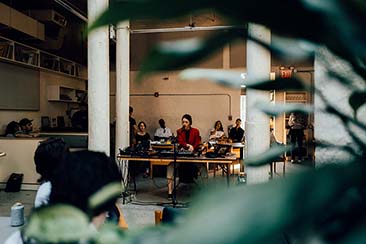101 Spring Street in SoHo, New York, is an important house on many levels, even beyond the obvious magnificence of its five-storey, cast iron colonnaded design. Built in 1870 by Nicholas Whyte, each floor has a different design of column which goes deeper than a superficial façade, forming an integral part of the building’s structure. Master iron workers were among some of the most important craftsmen brought in to achieve 101’s $23 million restoration, refurbishing the existing metal and re-casting damaged or missing parts. It’s now the only remaining single use cast iron building of its time in the district, but that fact alone doesn’t explain why there is such an interest in this house.
Between its construction and the late 1960s, 101 Spring Street went through various hands of businesses connected with the textiles trade, until in 1968 it was sold for $68,000 to Donald Judd, who, despite hating the term, is credited with the rise of minimalism on the international level. The Second World War veteran turned philosophy and art history graduate had just spent the best part of a decade supporting himself with print publication art critiques when he snapped up the Spring Street property, attracted in a large part by its lack of interior walls. This made it perfect for his burgeoning career as an installation artist, and had enough space to serve as his studio, exhibition space and home. He had been painting since before the war, but it was his move into the realm of objects’ relationships with their presentation space which launched his reputation. His influence was massive and has continued despite his untimely death in 1994.
The building gained heritage status in 1978, and the Judd Foundation, set up in 1996 to preserve his work, spearheaded the preservation of this special building. The planning alone took eight years, with the building work and interior restoration being completed last month. Guided tours are being offered by the Foundation, which given the diversity of art on display is highly recommended; you can find more details on the Judd Foundation website along with an interesting little hyperspeed video showing how Judd’s bedroom was recreated.
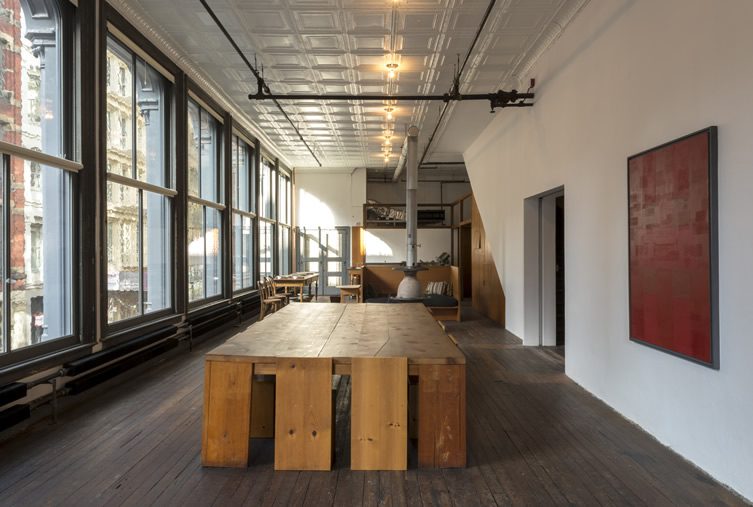
101 Spring Street, New York, 2nd Floor, 2013
Photo, Josh White. Image © Judd Foundation. Art © Ad Reinhardt.
Donald Judd Furniture™© Judd Foundation.
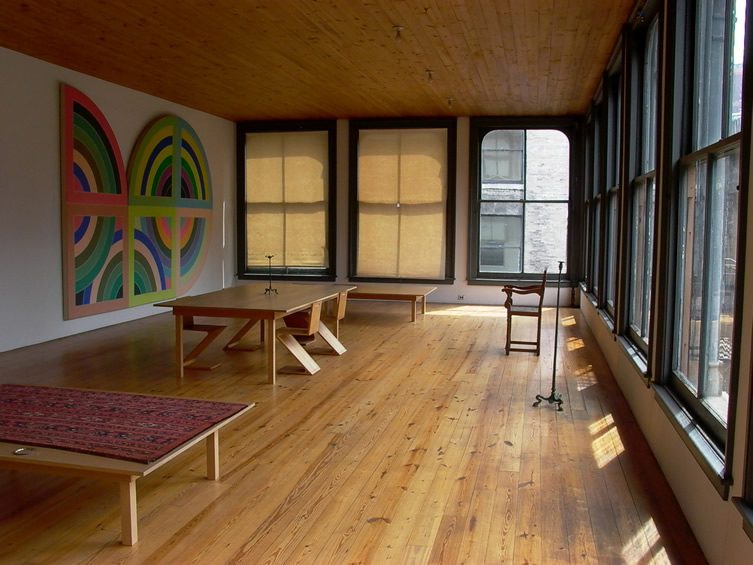
101 Spring Street, New York, 4th Floor, 2003
Photo, Rainer Judd. Judd Foundation Archives.
Image © Judd Foundation. Art © Frank Stella.
Donald Judd Furniture™© Judd Foundation.
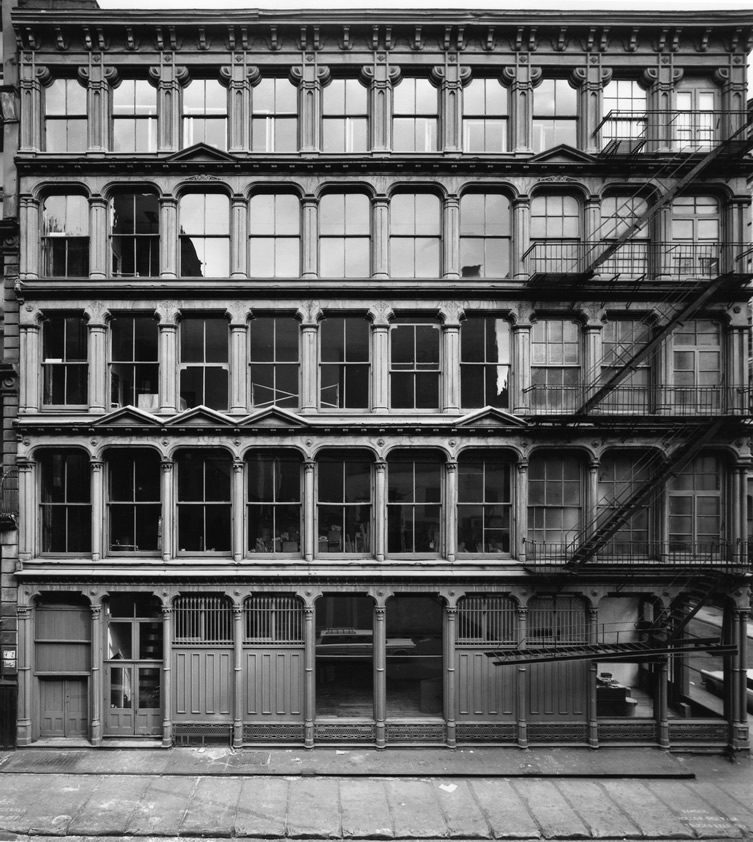
101 Spring Street, New York, Exterior, 1972
Photo, Paul Katz. Image © Paul Katz.
Courtesy Judd Foundation Archives.
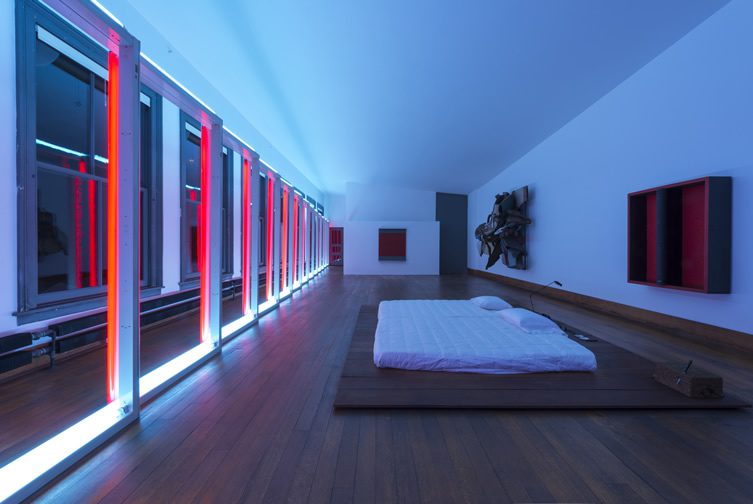
101 Spring Street, New York, 5th Floor, 2013
Photo, Josh White. Donald Judd Art © Judd Foundation.
Licensed by VAGA, New York
Artwork © John Chamberlain. © Lucas Samaras.
Dan Flavin © Stephen Flavin/Artists Rights Society (ARS), New York.
Donald Judd Furniture™© Judd Foundation.
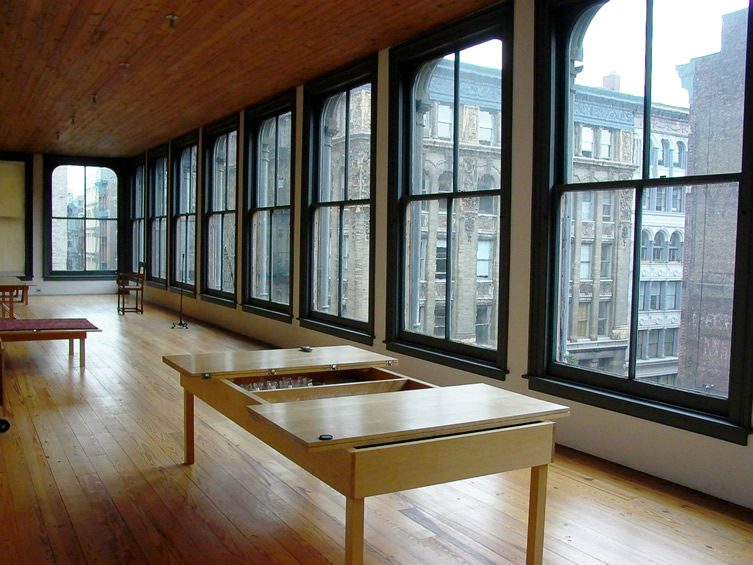
101 Spring Street, New York, 4th Floor, 2003
Photo, Rainer Judd. Judd Foundation Archives.
Image © Judd Foundation.
Donald Judd Furniture™© Judd Foundation.
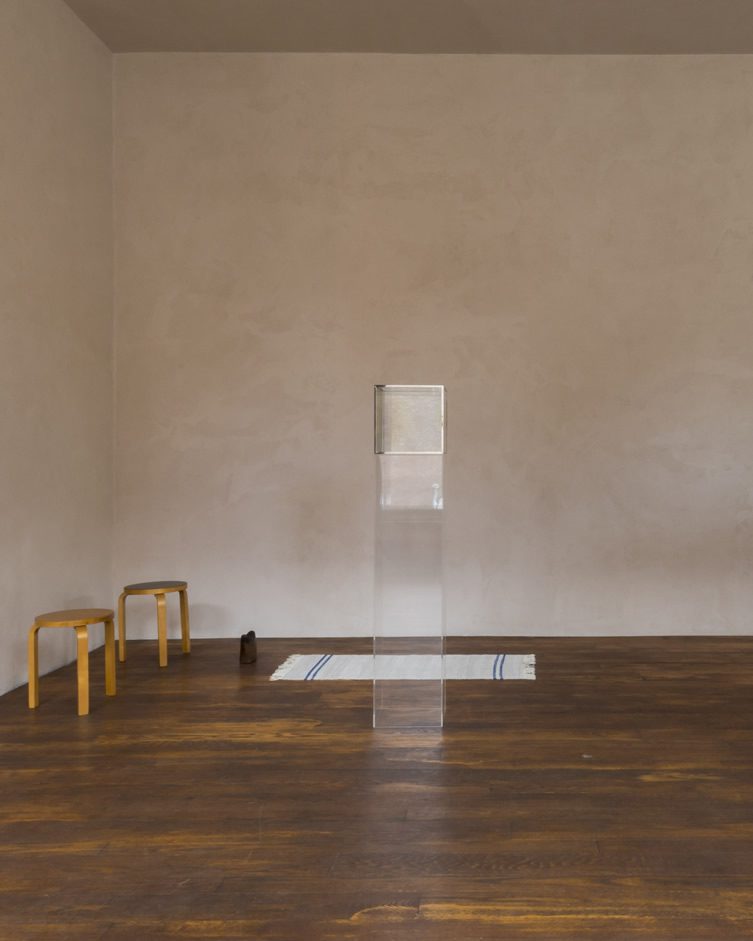
101 Spring Street, New York, 3rd Floor, 2013
Photo, Josh White. Art © Larry Bell.
Image © Judd Foundation.
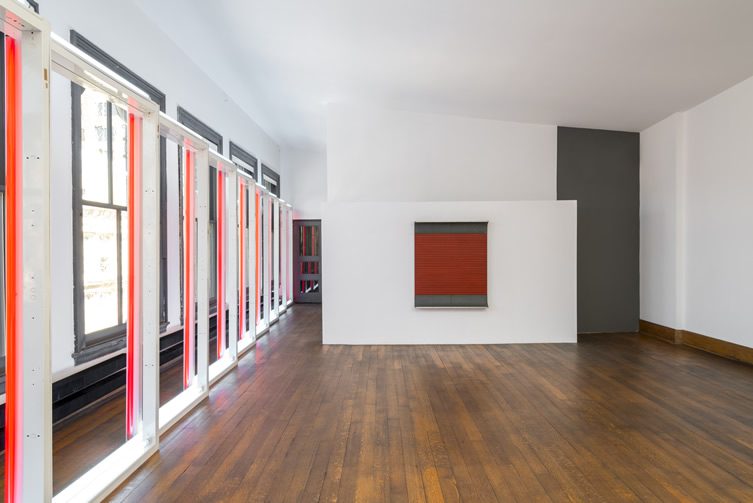
101 Spring Street, New York, 5th Floor, 2013
Photo, Josh White. Donald Judd Art © Judd Foundation.
Licensed by VAGA, New York.
Dan Flavin © Stephen Flavin/Artists Rights Society (ARS), New York.
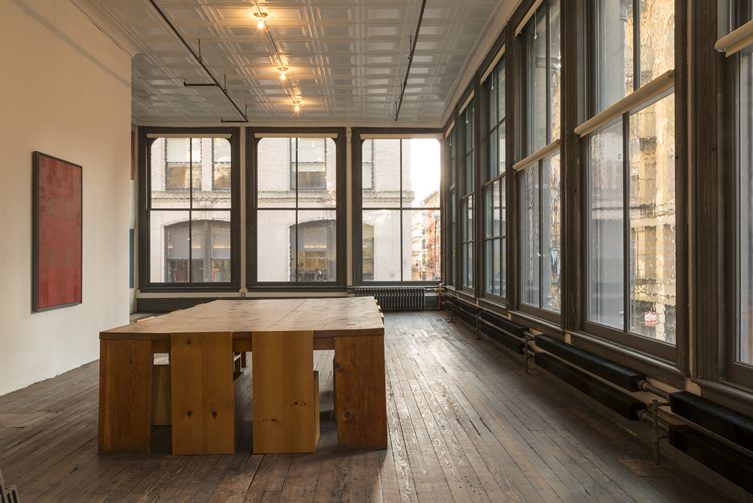
101 Spring Street, New York, 2nd Floor, 2013
Photo, Josh White. Image © Judd Foundation. Art © Ad Reinhardt.
Donald Judd Furniture™© Judd Foundation.
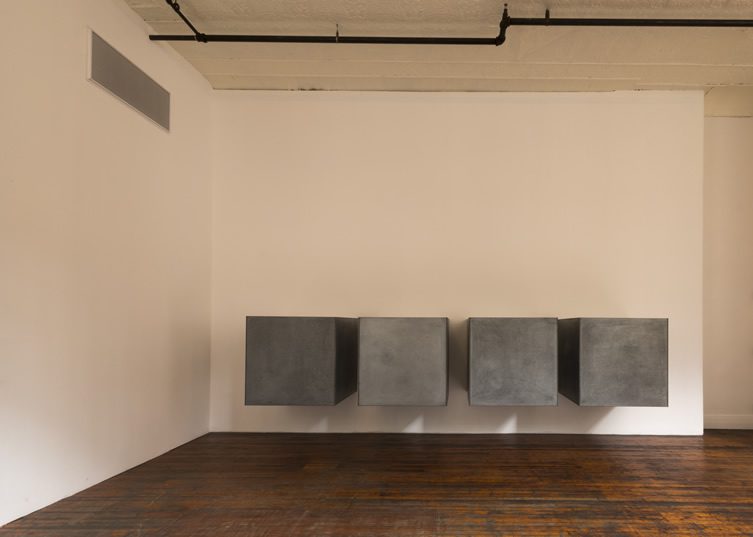
101 Spring Street, New York, 1st Floor, 2013
Photo, Josh White. Image © Judd Foundation.
Donald Judd Art © Judd Foundation.
Licensed by VAGA, New York.
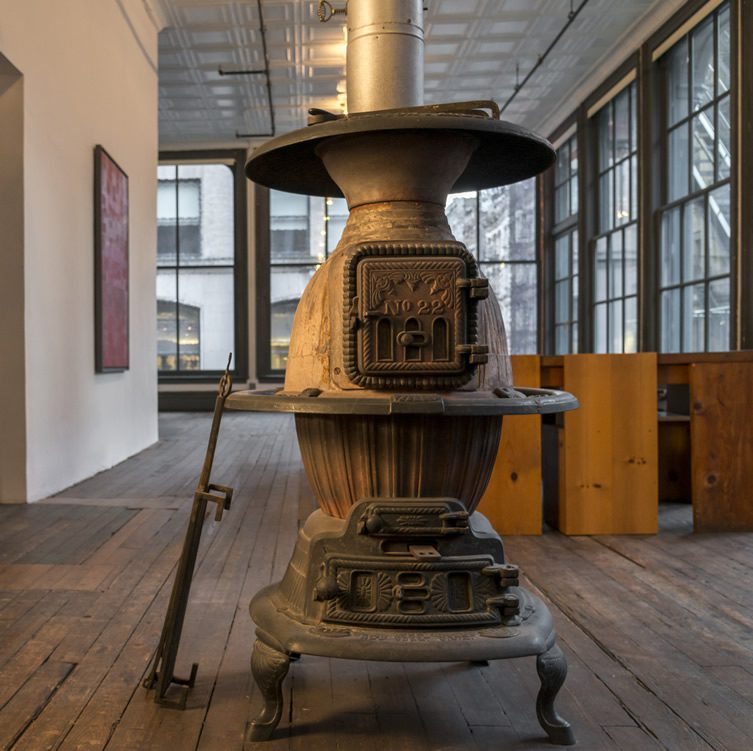
101 Spring Street, New York, 2nd Floor, 2013
Photo, Josh White. Judd Foundation Archives. Image © Judd Foundation.
Donald Judd Furniture™© Judd Foundation.


